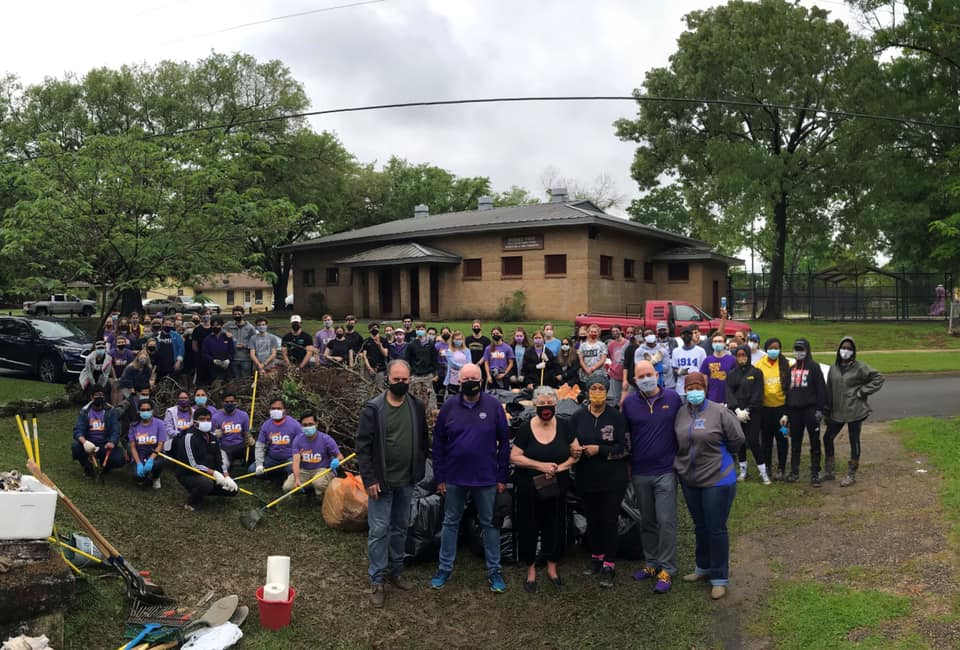By Amanda R. Lanata, LTHP volunteer
On a warm afternoon recently, I met Lillie Gallagher and Matt Thomas at the Lutheran Benevolent Society Cemetery on Eddie Robinson Sr Drive in Baton Rouge. We toured the six-acre cemetery, a beautiful tree-shaded spot across the street from the Brooks Park swimming pool. Though I could see McKinley Middle Magnet School and cars inching along the elevated structure of I-10, this sacred place feels tucked away. The historic African American cemetery bears no signage to identify it. Gallagher believes that part of the plot may have been an existing cemetery for enslaved people on Richland Plantation when the society purchased the land in 1899.
Louisiana has a rich history of Black benevolent societies, like Lutheran, which saw to the needs of members who were sick and dying. The cemetery is the final resting place of civil rights luminaries like B.J. Stanley, founder and head of the local NAACP for 23 years, and a former enslaved person named Green Cross. Kenny Kleinpeter, a dedicated volunteer, has cataloged more than 4,000 names of people buried there.

The cemetery was added to the Trust’s Most Endangered Places list in 2004. Today there are a few urgent needs: two trees fell during a storm last spring, damaging several tomb covers. Bayou Tree Service has agreed to remove one tree at no charge, and Gallagher and Thomas are seeking another company to remove the other tree. Many other tombs have cracked or collapsed from age and exposure. Thomas received a quote that pegged the cost of replacing ten tomb covers at $5,000. They plan to set up a GoFundMe page to raise money for critical repair work.
“The cemetery is cared for by the kindness of strangers,” Gallagher says. The Benevolent Society became defunct decades ago, so the all-volunteer Friends of Lutheran Cemetery (including the Edgar Thomas family, descendants of original society members) maintains the grounds and advocates for its preservation. Gallagher got involved twenty years ago, and Thomas tells me, “You can’t say ‘no’ to Lillie.” She writes letters and organizes media coverage, including a recent WAFB piece that helped secure a donation and logistical support. She engaged the cadets from the Gillis Long Center in Carville, who were regular volunteers before the pandemic. The LSU Geaux Big day of service sent 100 students and interim president Tom Galligan to help in March. They are planning another clean-up on October 9, 2021. Near the end of our conversation, Gallagher turned to me and said, “So how can you help us?” Of course, I couldn’t say no! I’ll be assisting the Friends with social media activities and strategic planning.
My immediate recommendation is to increase awareness of the cemetery and its needs. We plan to elevate the social media presence through the existing Lutheran Cemetery, Baton Rouge Facebook page and pursue media coverage. More research is needed on the cemetery’s history, culminating in a National Register nomination and a state historical marker. Engaging with partners and stakeholders will help inform a fundraising plan. And finally, my hope is that the Friends group can eventually be formalized as a non-profit entity, with annual membership dues supporting a website, grounds maintenance, and restoration costs. Lutheran Cemetery is well-served by committed volunteers. I believe that many more people will soon become just as passionate about this place, once they are introduced to it.

